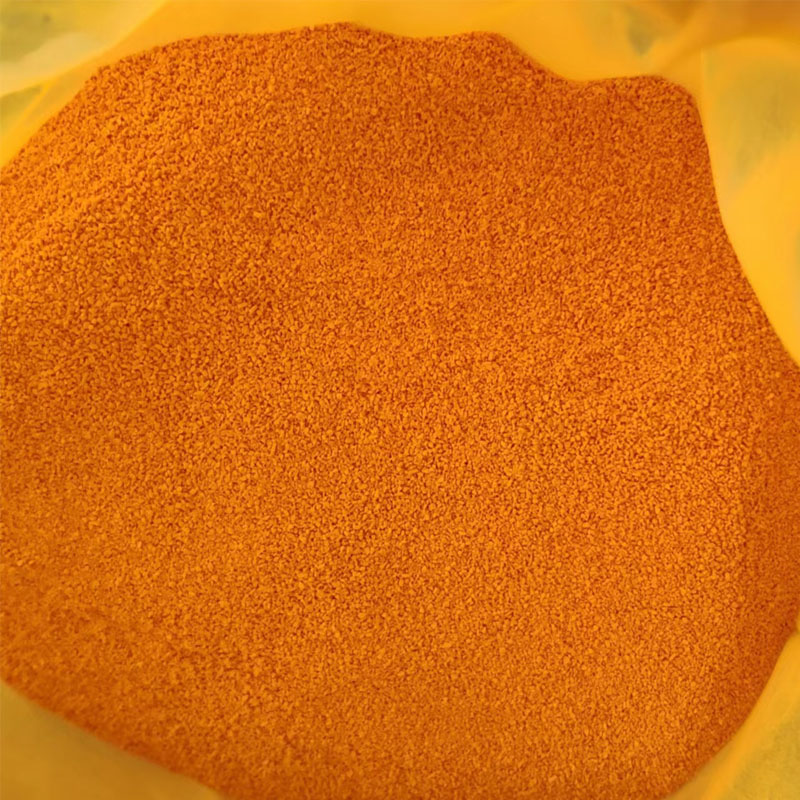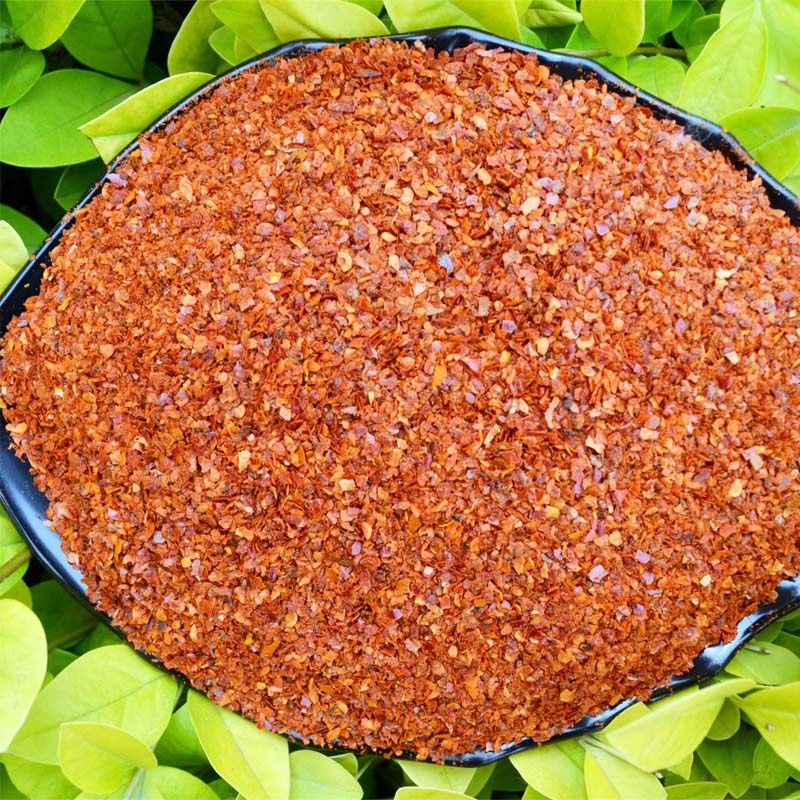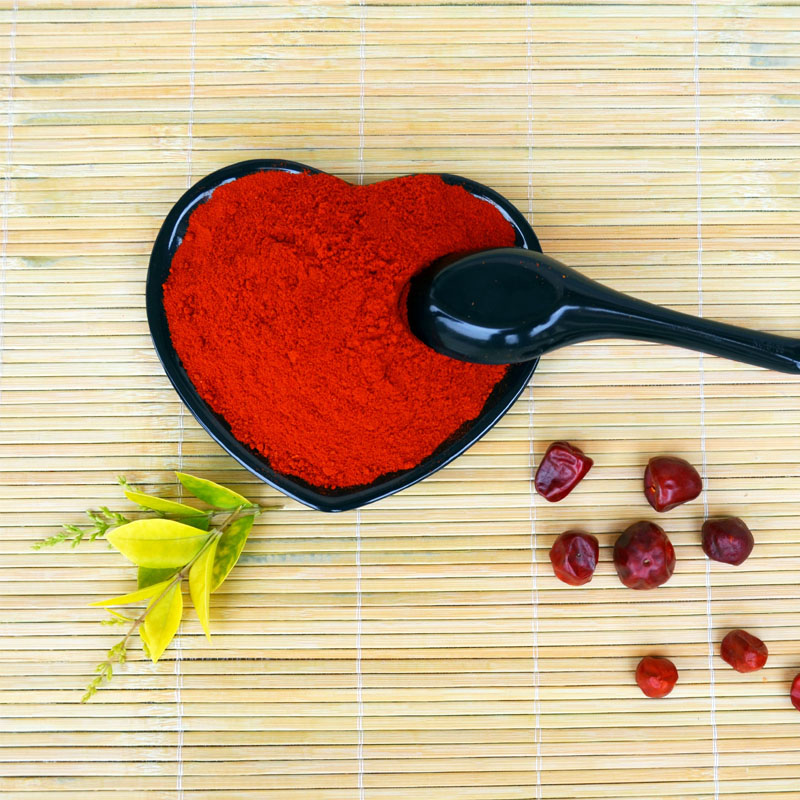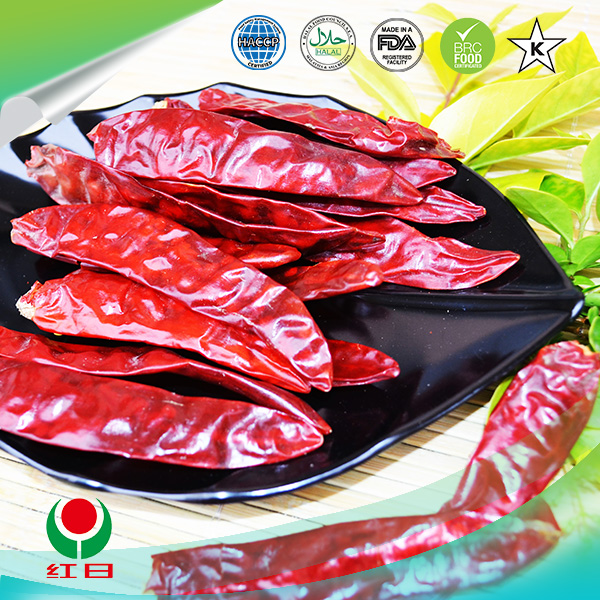- No. 268 Xianghe Street, Economic Development Zone of Xingtai city, Hebei 054001 China
- Byron@hbhongri.cn
Find Reliable Suppliers to Purchase High-Quality Paprika at Competitive Prices Online
The Growing Demand for Paprika A Guide to Buying from Reliable Suppliers
As global culinary preferences continue to evolve, paprika has garnered significant attention in recent years. This vibrant spice, derived from ground red peppers, is celebrated not only for its vivid color but also for its unique flavor profile that can range from sweet to spicy. As the demand for paprika soars in various industries, from food production to cosmetics, the importance of sourcing quality paprika from reliable suppliers has become crucial. This article delves into the factors to consider when buying paprika and highlights key aspects of working with suppliers.
Understanding Paprika A Versatile Spice
Paprika is more than just a decorative seasoning; it plays a crucial role in enhancing the flavor and appearance of numerous dishes. Frequently used in Spanish cuisine, it is a staple in goulash from Hungary and is also favored in many Latin American and Mediterranean dishes. In addition to its culinary uses, paprika is increasingly found in spice blends, sauces, and snacks, as well as in health and beauty products due to its antioxidant properties.
Selecting Quality Suppliers
When considering where to buy paprika, the quality of the spice is paramount. High-quality paprika is characterized by its vibrant color and aromatic scent. To ensure that you’re sourcing the best, consider the following steps in your supplier selection process.
1. Researching the Supplier’s Background Begin by investigating the history and reputation of potential suppliers. Look for established companies with a long-standing track record in providing high-quality spices. Customer reviews and testimonials can offer valuable insights into their reliability and product quality.
2. Certifications and Standards Check if the suppliers adhere to quality certifications such as ISO, HACCP, or organic standards. Certifications can ensure that the paprika is sourced ethically and is free from contaminants.
buy paprika suppliers
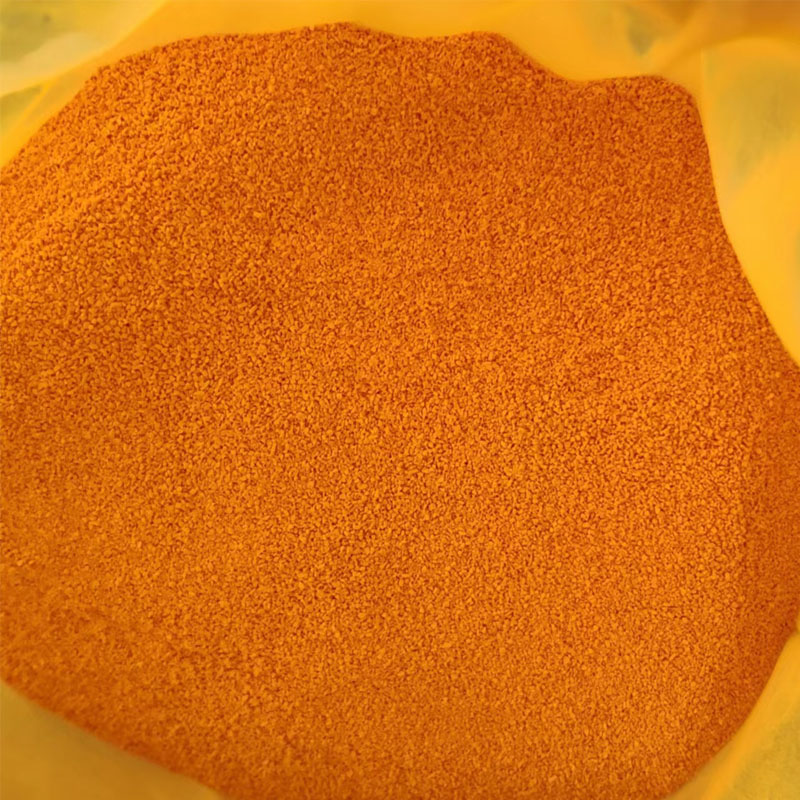
3. Sourcing Origin The region from which paprika is sourced can significantly affect its quality and flavor. For instance, Hungarian paprika is known for its rich flavor, while Spanish paprika offers smoky notes. Verify that the suppliers can provide information about the origin of their products and their cultivation practices.
4. Sample Testing Before committing to a long-term purchase, it’s wise to request samples. Tasting and smelling the paprika can help you assess its quality and flavor profile. Consider factors such as texture, color intensity, and aroma.
5. Pricing and Terms While it might be tempting to choose suppliers solely based on the lowest price, it’s essential to balance cost with quality. Be sure to obtain quotes from multiple suppliers and compare their offerings. Look for transparent pricing structures with no hidden fees.
Building a Relationship with Suppliers
Once you've identified reliable suppliers, establishing a strong working relationship is beneficial for ongoing procurement. Open communication is key; sharing feedback regarding the quality of their paprika can help suppliers meet your needs better. Regular visits to their facilities, if possible, can also provide reassurance of their practices and quality control measures.
Conclusion
With the rising popularity of paprika in kitchens around the world, sourcing this spice from trustworthy suppliers is more important than ever. By focusing on quality, understanding where your paprika comes from, and maintaining strong relationships with suppliers, businesses can ensure they are providing the best products to their customers. As the market for paprika expands, being an informed buyer will not only enhance culinary offerings but also contribute to the overall satisfaction of consumers seeking quality flavors in their food products.
-
Turmeric Rhizome Powder: A Golden Treasure from Roots to TableNewsJul.28,2025
-
The Versatile Application Of Crushed Red Hot Peppers: Lighting Up The Red Flames On The Dining TableNewsJul.28,2025
-
The Paprika: A Touch Of Vibrant Red In Color, Flavor, And CultureNewsJul.28,2025
-
Ground Turmeric: A Modern Examination of an Ancient SpiceNewsJul.28,2025
-
Capsicum Liquid Extract: Features, Applications, and ChallengesNewsJul.28,2025
-
Application of Capsicum Liquid Extract in FoodNewsJul.28,2025
